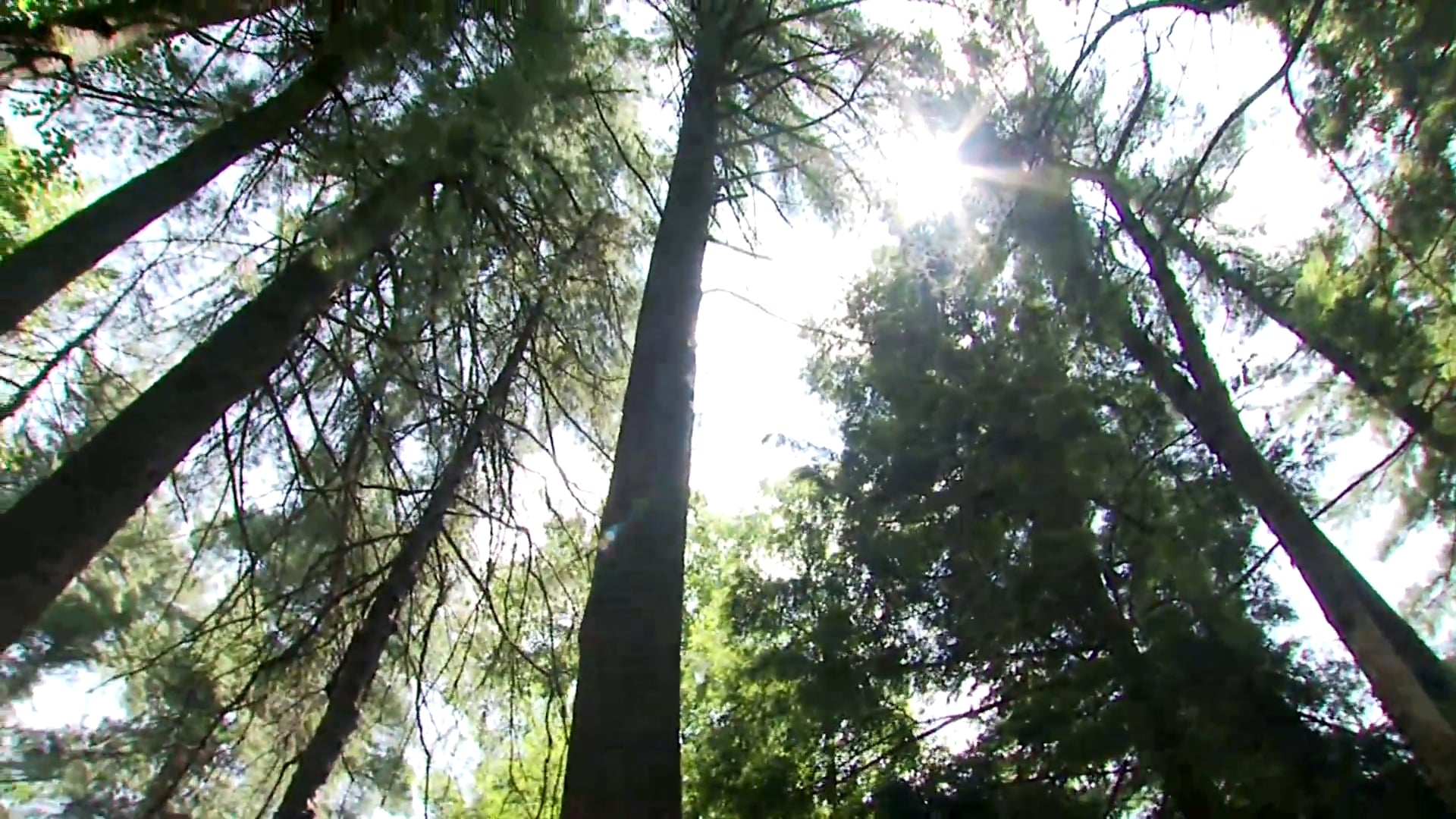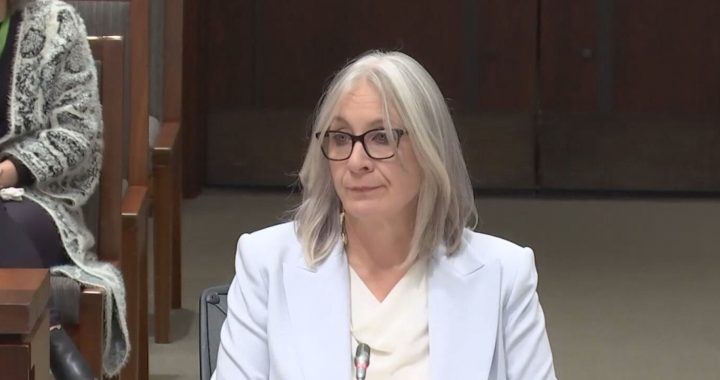The Mohawk Council of Kanesatake (MCK) says the town of Oka’s recent attempt to designate the Pines – the site at the heart of the 1990 crisis – as a municipal heritage site is “a disguise to dispossess the Mohawks of their land governance.”
According to Kanien’keha:ka, or Mohawk, oral history, the trees were planted hundreds of years ago.
Their neighbours, however, believe the Pines straddle the territory today known as Oka.
After an initial attempt to designate the Pines a provincial heritage site some weeks ago was struck down by the Mohawks of Kanesatake, Oka Mayor Pascal Quevillion began holding public consultations last week over a new proposed by-law that would see the greenspace designated instead as a municipal heritage site under Quebec’s “Cultural and Heritage Act.”
“It’s absolutely mind-boggling how [the Mayor] thinks he’s going to get away with this,” Grand Chief Serge Otsi Simon said in an interview with APTN News.
The move plays on a technicality
According to the act, when a municipality recognizes an area as a cultural heritage site, it acquires exceptional powers over use of the land.
According to a legal letter sent to Oka’s Planning Advisory Committee, the proposed by-law is “being proposed for an improper and discriminatory purpose” and the virtual public consultation “does not fulfil legal requirements.”
In the document, Dionne Schulze, the Montreal-based firm representing the Mohawk Council, explains that residents of Kanesatake have “unextinguished aboriginal title” to the land under section 35 of the Canadian Constitution.
“As a result, any government law, action, or regulation that interferes with such rights will be read down or struck down by Canadian courts,” the letter reads.
Their territory is also subject to rights established through the 1760 Treaty of Swegatchy – which is upheld by the Supreme Court of Canada.
“The treaty guarantees to the Mohawks of Kanesatake the right to remain unmolested in the lands the resided upon at that time. These lands include the lands now known as the pines,” the legal letter states.
“We can all work in the context of Aboriginal title, so that we can live together in peace – and maybe some mutual development can be seen out of that,” Simon added. “And the mayor, well, he has other plans. ‘The economy’s mine, the resources are mine, and you can’t have it.”
As an added complication, the land in question is privately owned.
For the last year and a half, developer Gregoire Gollin has been working with Kanesatake to find a way to repatriate ancestral land – including a portion of the Pines – through a federal “ecological gift” program
If the bylaw becomes reality, according to MCK’s legal counsel, “private owners of a heritage site must obtain permission from the municipality for any change, however minor, they may wish to make to the property.”
This would include the potential transfer of the deed back to the Mohawk community.
Quevillion says Oka is acting in good faith to preserve the Pines – an “environmental gem,” in his words.
“The protection of the Pines should be a shared virtue,” Quevillion said in an emailed statement. “It’s unfortunate that misinformation is prejudicing the intentions of City Council, creating more division between our two communities.”

Mohawk Council, however, feels differently
“It’s all race-based,” Simon explained. “[Quevillion] once said ‘if the Mohawks repatriate these lands, Oka will be enclaved by the Mohawks.’ Well, you don’t seem to have a problem when we’re the ones surrounded.”
“[Quevillion] wants to build a wall, while Mr. Gollin wants to build bridges,” Simon added.
In an email, Colette Beaudoin, Oka’s communications officer, said the municipality is acting in the public interest, “as well as for reasons of historical, identity, and landscape value.”
“The Pines were planted by the Okois and the Amerindians on the initiative of Curé Daniel-Joseph Lefebvre, in order to protect the village of Oka from silting up due to clearing of the land,” Beaudoin wrote in an email.
“The Pines at Oka are therefore a legacy of the Sulpicians, creating the largest pine forest in Canada in 1886, and to this day forming the oldest planted forest in North America.”
But Simon believes Quevillion’s strategy is “steeped in systemic racism.”
With support from the Assembly of First Nations Quebec-Labrador, he says he’s prepared to take the matter to the high courts.
“We’ll see if we can get as many First Nations in Quebec [together], we’re going to get this together in solidarity and bring it to court. You know, share the costs and share the benefits of the court decision.”
“We are going to win this one,” Simon added.









